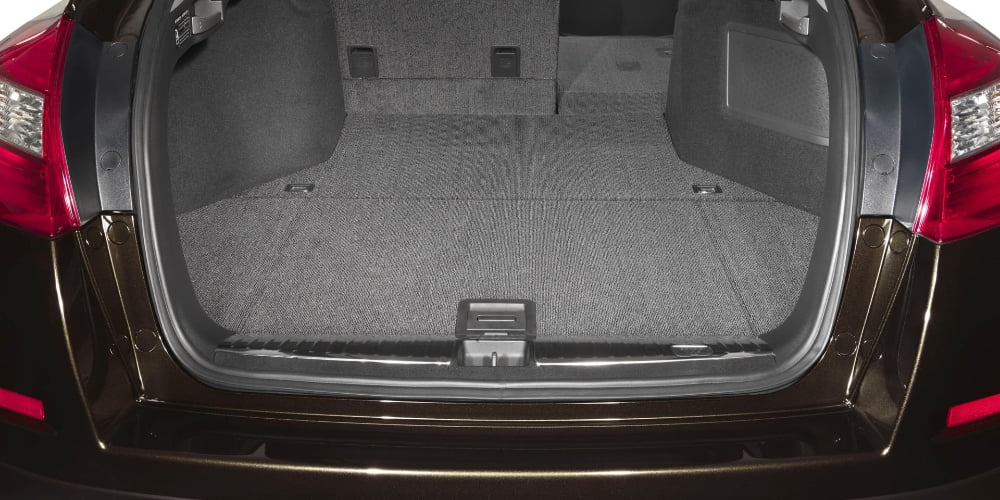The 2004 Honda Accord ignition switch is responsible for activating the electrical system and allowing the engine to start. It acts as the starting point for all electrical circuits in the vehicle, and is an essential component for starting the car.
The 2004 Honda Accord ignition switch is usually located on the steering column or near the steering wheel, and is typically turned with a key. When the key is turned to the “start” position, the ignition switch activates the starter motor, which then cranks the engine to start it.
In addition to starting the engine, the ignition switch also controls other electrical systems in the vehicle, including the headlights, radio, and accessories. The switch is typically equipped with several positions, including “off,” “accessory,” “run,” and “start,” each of which controls different electrical systems in the car.
Overall, the 2004 Honda Accord ignition switch is a critical component that plays a key role in starting the engine and controlling other electrical systems in the vehicle. A well-functioning ignition switch is essential for safe and reliable operation of the car.

What Are The Symptoms Of A Failing 2004 Honda Accord Ignition Switch?
The symptoms of a failing 2004 Honda Accord ignition switch can include:
- Difficulty starting the engine: If the ignition switch is failing, it may be difficult or impossible to start the engine.
- Intermittent electrical issues: A failing ignition switch can cause intermittent electrical issues, such as flickering lights or sudden loss of power to certain systems.
- Stalling while driving: If the ignition switch fails while driving, the engine may stall, causing the car to lose power and potentially putting the driver and passengers in danger.
- Key getting stuck in the ignition: If the ignition switch is failing, the key may become stuck in the ignition, making it difficult to remove the key and turn off the car.
- Warning lights on the dashboard: Some warning lights on the dashboard, such as the check engine light, may turn on if the ignition switch is failing.
- Dead battery: A failing ignition switch can cause the battery to drain, leaving the car unable to start.
If you experience any of these symptoms, it is important to have your car inspected by a mechanic to determine if the 2004 Honda Accord ignition switch is failing. If the switch is found to be faulty, it should be replaced as soon as possible to avoid further problems and ensure the safe operation of the car.

What Is The Process For Replacing The 2004 Honda Accord Ignition Switch?
The process for replacing the 2004 Honda Accord ignition switch involves the following steps:
- Disconnect the battery: Disconnect the negative cable from the battery to prevent electrical shock and to avoid damaging the car’s electrical system.
- Remove the steering column covers: Use a screwdriver or other tool to remove the covers that are located on the bottom and top of the steering column.
- Locate the ignition switch: The ignition switch is typically located on the steering column, near the steering wheel.
- Disconnect the electrical connections: Use a socket or pliers to disconnect the electrical connections that are attached to the ignition switch.
- Remove the retaining bolts: Use a socket or wrench to remove the bolts that hold the ignition switch in place.
- Remove the ignition switch: Carefully remove the ignition switch from the steering column, taking care not to damage the surrounding components.
- Install the new ignition switch: Place the new ignition switch in the same position as the old one, and secure it with the retaining bolts.
- Reconnect the electrical connections: Reconnect the electrical connections to the new ignition switch.
- Reinstall the steering column covers: Replace the steering column covers and secure them with screws or other fasteners.
- Reconnect the battery: Reconnect the negative cable to the battery to restore power to the car.
